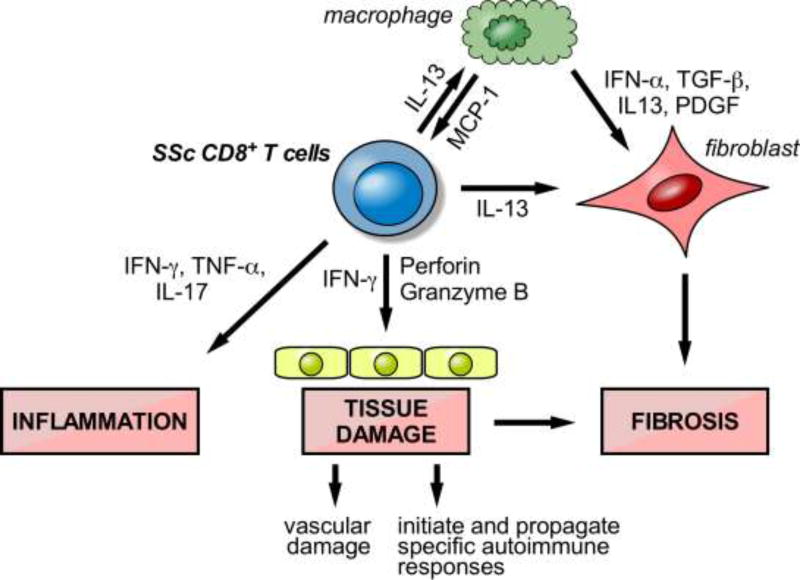Figure 3. Model for the role of CD8+ T cells in SSc pathogenesis.
The schematic illustrates a mechanism through which tissue-resident CD8+ T cells, activated in response to antigen-driven stimulation, produce cytokines that contribute to inflammation and promote overproduction of collagen by fibroblasts which results in excessive fibrosis. The activation of cytotoxic, cell-mediated pathways may be involved in early vascular damage, and potentially in initiating and propagating a specific autoimmune response. CD8-induced apoptosis of target cells may also contribute to fibrosis.

